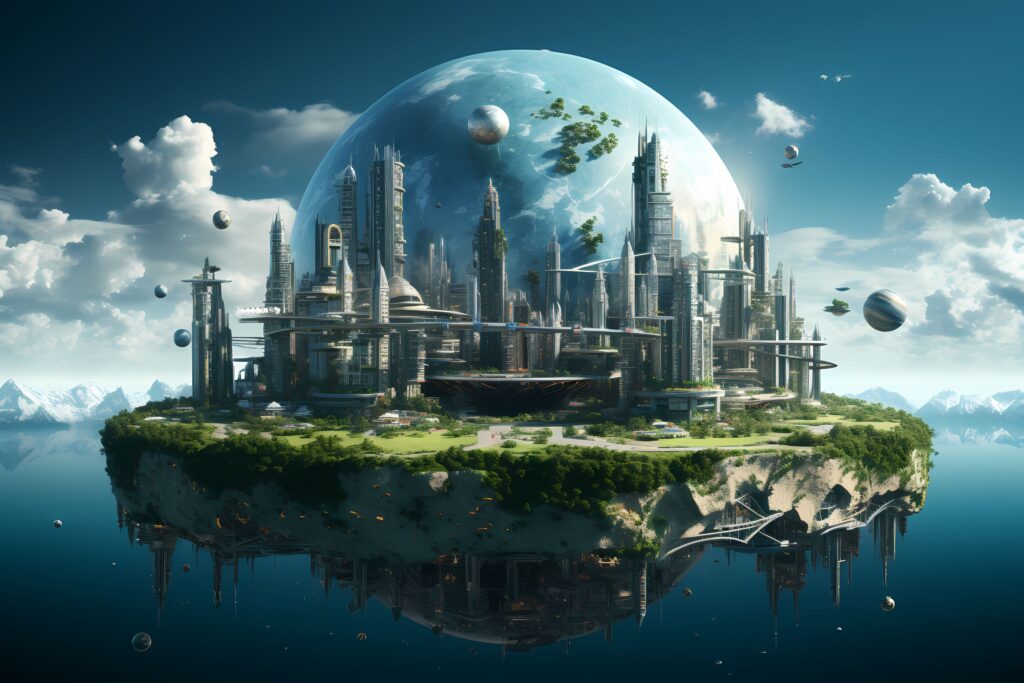Introduction:
The prospect of living on other planets and moons not only stirs the imagination but also poses real scientific questions. How does fiction grasp and expand upon these scientific ideas? In the novel “Moon Life,” science and fiction merge to explore the possibilities of extraterrestrial habitation, particularly on moons like Jupiter’s Europa.
Hard Science in Fiction:
“Moon Life” intricately weaves scientific facts with creative storytelling, presenting a plausible scenario of life beyond Earth. The narrative delves into astrobiology, the study of life’s potential in the universe, using it as a backbone to explore how humans and other life forms might survive and adapt in alien environments.
Life Beyond Earth:
The book introduces readers to the environmental and biological challenges of living on a moon, framed by the story’s backdrop on Europa. It discusses the potential for subsurface oceans to harbor life and the technological advancements necessary for human survival in such harsh conditions. These scientific elements are not just backdrop but active components of the plot, influencing the characters’ decisions and the story’s outcome.
Connection to Current Space Missions:
Current missions by NASA and other space agencies aim to explore moons like Europa, which “Moon Life” uses as a primary location. The book’s detailed depiction of Europa aligns with existing scientific data, making the connection between fiction and real-world space exploration more tangible and exciting for readers.
Conclusion:
For those fascinated by the mysteries of space and the future of human exploration, “Moon Life” offers a compelling blend of accurate science and engaging fiction. The novel is an excellent resource for readers who dream of what life might hold on other worlds and serves as a speculative exploration of what might soon be reality.
